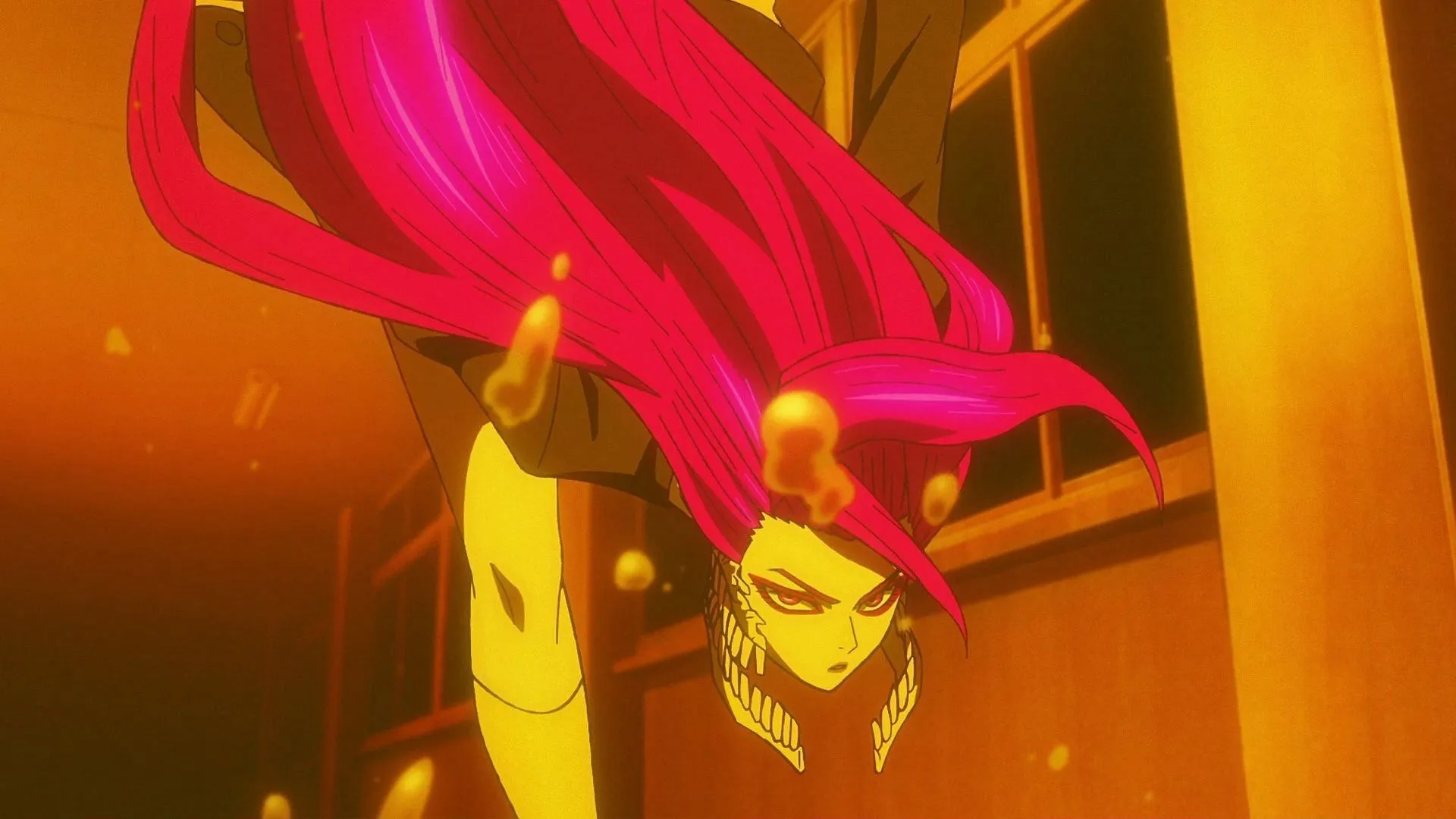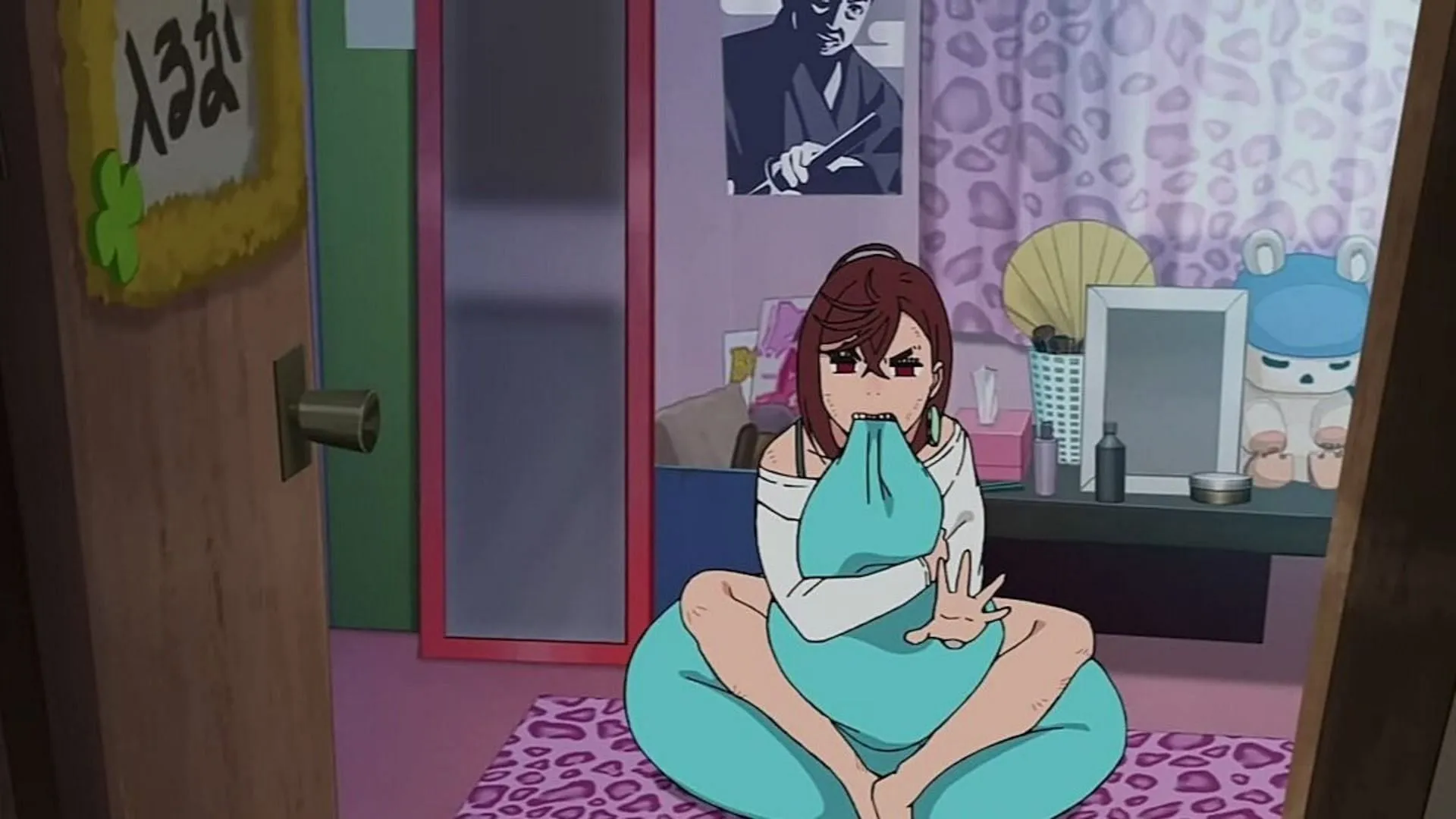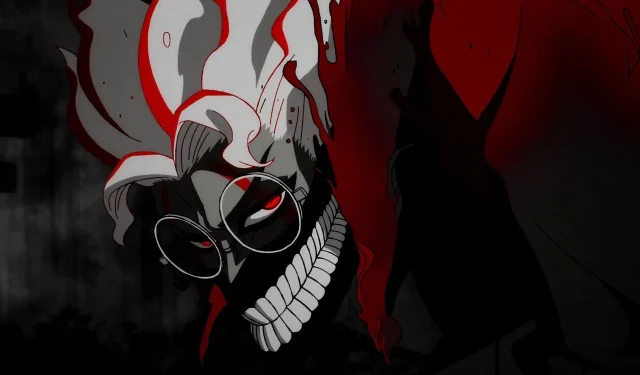Since Ken Takakura, also known as Okarun, first transformed into his Turbo Granny state, the series Dandadan has mesmerized fans with its dynamic transformations. The striking alterations in appearance and demeanor, paired with incredible abilities, have created unforgettable moments. Following Okarun, Aira Shiratori ascended to her Acro Silky form, gaining extraordinary powers from the Acrobatic Silky, further fueling the excitement.
Alongside these two, other characters like Mr. Mantis Shrimp, Jin Enjoji, and Unji Zuma have also unlocked various forms that grant them significant strength. Observant fans of Dandadan have proposed a fascinating theory regarding these transformations, particularly focusing on the potential negative impact they may have on the characters’ personalities.
Disclaimer: This article explores speculative theories.
Transformation in Dandadan: A Double-Edged Sword?

Dandadan introduces jaw-dropping transformations among its central characters as they confront supernatural entities, often linked to the powers of Yokai acquired throughout the narrative. For example, Okarun’s encounter with Turbo Granny led to a powerful curse, while Aira’s maturation into Acrobatic Silky’s role marks a significant milestone in her journey.
Interestingly, these transformations often coincide with apparent changes in the characters’ personalities, sometimes enhancing their less admirable traits. Take Mr. Mantis Shrimp: in his Dover Demon Strong Style Twenty-Four form, he exhibits an inflated ego and brags excessively about his enhanced underwater capabilities, calling himself “yours truly.”This amplified pride appears to deter him from frequently using this form, particularly given the associated risks, such as the loss of his arms during overexertion.

Okarun, typically characterized by enthusiasm and formality, undergoes a drastic transformation, displaying lethargy and indifference in certain states. While the debate may persist on whether this is his worst quality, the shift is certainly noteworthy. Alongside him, Aira’s immaturity transforms significantly as she adopts a more mature and serious persona in her Acro Silky form, though her burgeoning pride does not hinder her combat effectiveness. It’s important to acknowledge the development she has shown throughout the manga.
Unji Zuma’s character remains somewhat enigmatic due to limited appearances, yet when he adopts the Umbrella Boy transformation, a noticeable increase in his violent tendencies is observed. This escalation seems to reflect a side of him driven by a desire to combat evil. As for Rin Sawaki, the newest character to gain powers, her Onbusuman form does not exhibit substantial changes in personality but instead alters her appearance, hinting at possible hidden behavioral traits.
Conclusion: The Psychological Cost of Power

The transformations in Dandadan extend beyond mere physical enhancements; they profoundly influence personality traits, often magnifying flaws. From Okarun’s shift towards indifference to Aira’s newfound maturity, these changes suggest an intricate relationship between the Yokai-derived forms and the psychological effects on the characters. Some transformations lead to significant growth, while others introduce reckless behaviors, creating a complex narrative dynamic.
This observation raises compelling questions about the real benefits of these enhancements—whether the characters’ identities are eroded in the process. As the story unfolds, fans can anticipate more revelations regarding the deeper implications of these transformations, pondering whether the powers come with a price or serve as a compelling aspect of character evolution. Dandadan captivates its audience with this intricate portrayal of character development, leaving many eager for future developments.


